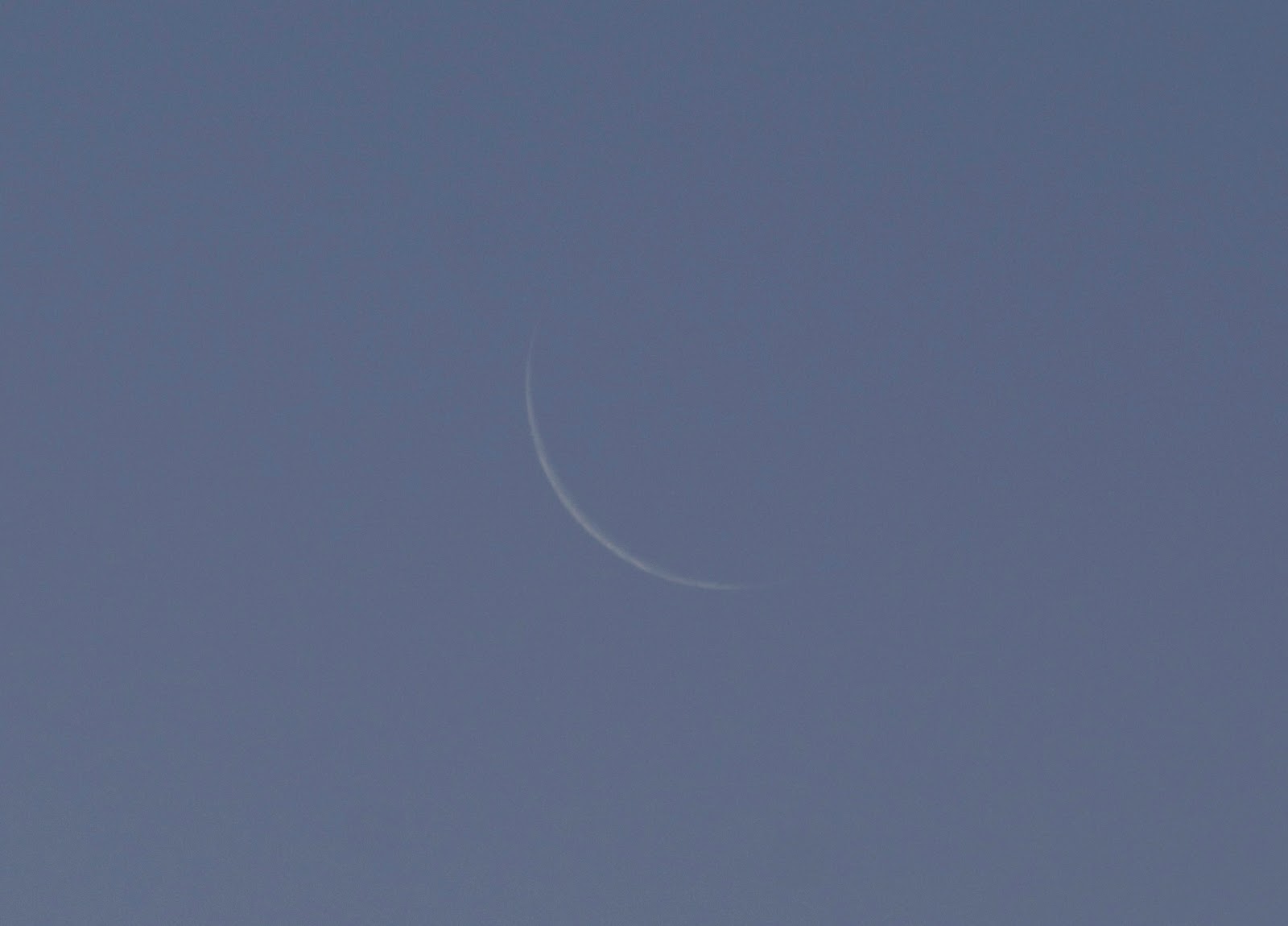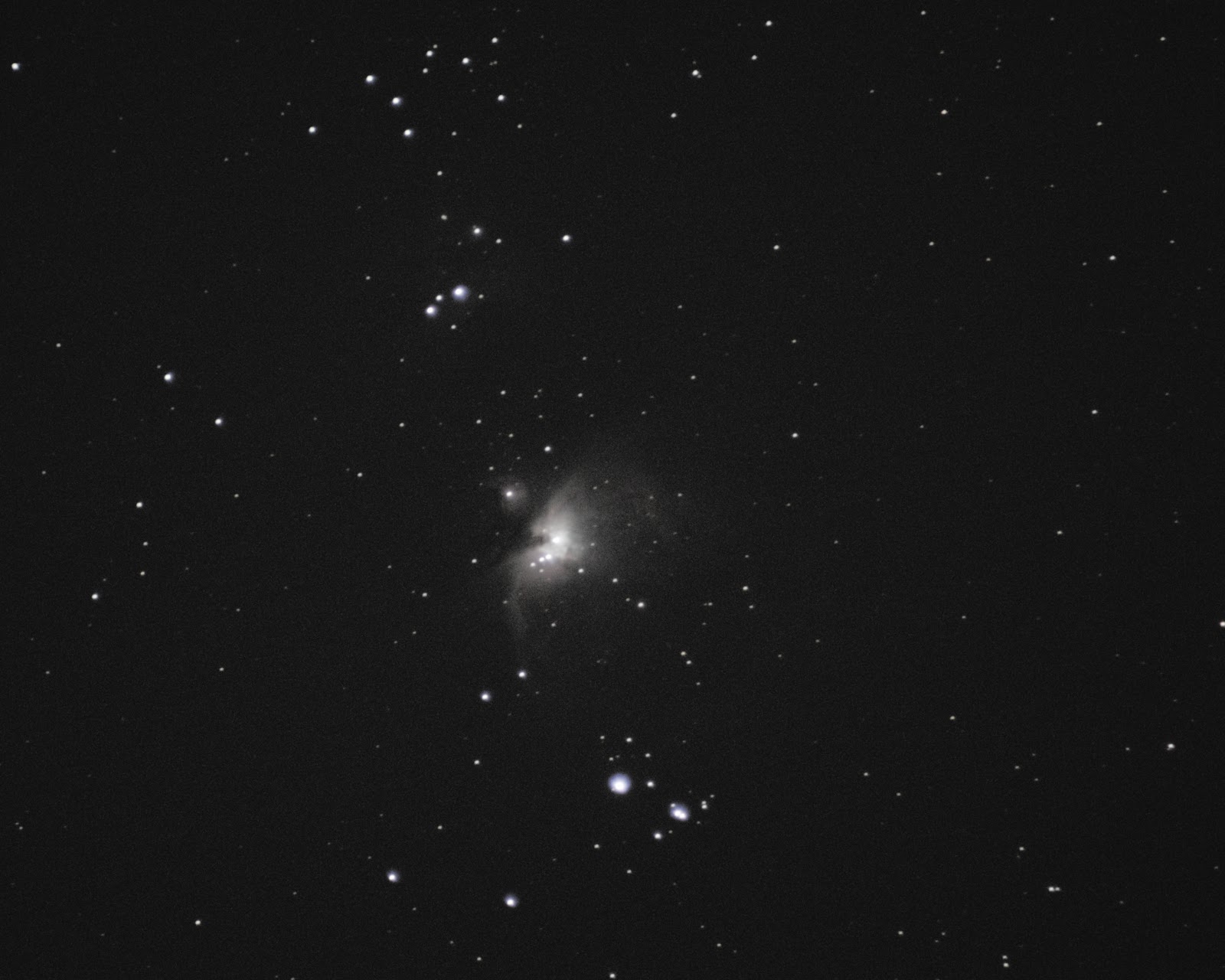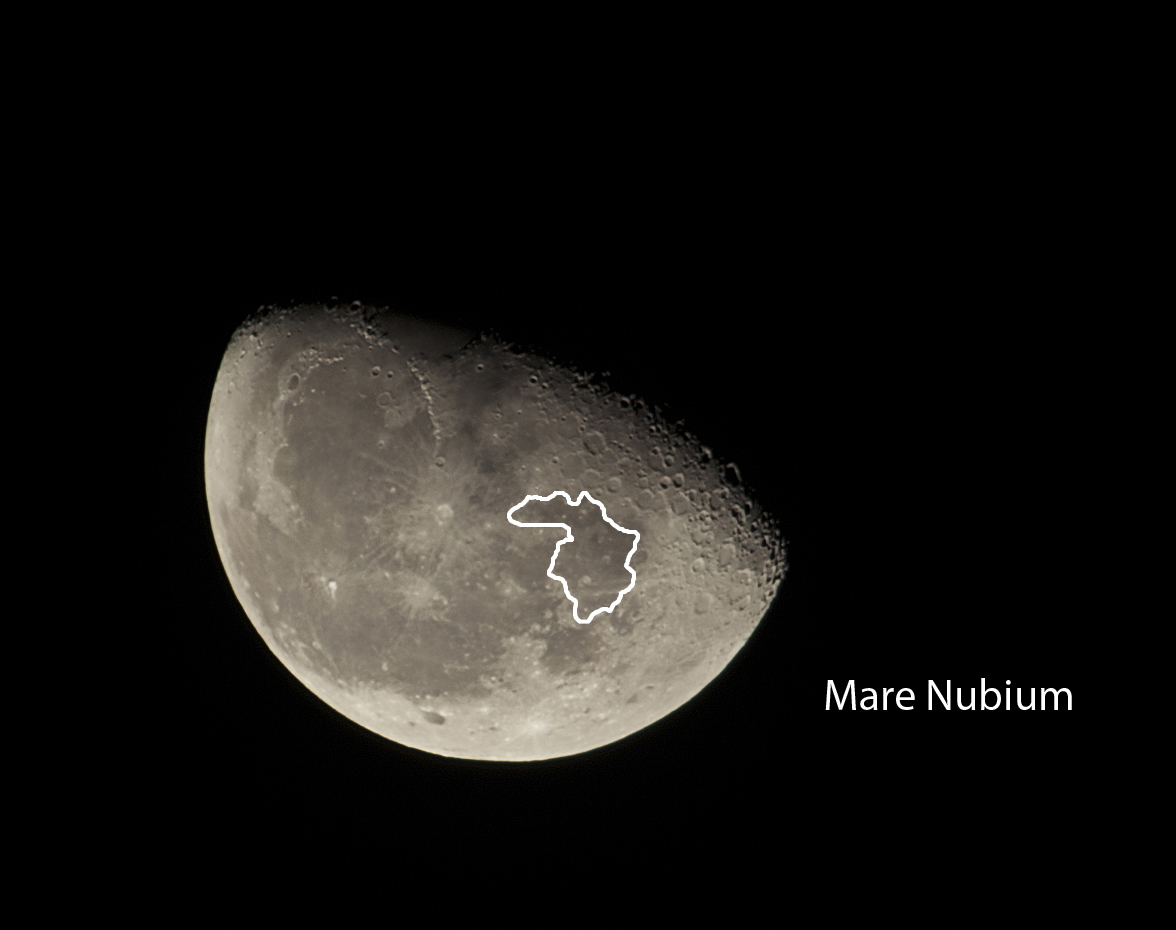Phil Dimpelfeld from the
Indiana Astronomical Society creates a Novice/Urban Observing List each month for newbies like myself with not-so-dark skies and not-so-powerful equipment. The
January list included some very popular targets, a great incentive to get outside on some very VERY cold nights.
February looks like a good mix of objects, including the planet Jupiter, a few Messier clusters, lunar landmarks, and things I've never heard of before. We'll see how the weather holds. I've already missed the waxing quarter moon, and this month will be over before you know it!
M35, open cluster in Gemini, 06h 05.9m, +24° 20', mag = 5.1, size = 28.0'
Beta Monocerotis, William Herschel’s “Wonder Star”, triple star in Monoceros, 06h 28.8m, -07° 02', mag = 4.6, 5.0, 5.3, sep = 3”, 7”
M41, open cluster in Canis Major, 06h 46.1m, -20° 46', mag = 4.5, size = 38.0'
12 Lyncis, triple star in Lynx, 06h 46.2m, +59° 27', mag = 5.4, 6.0, 7.1, sep = 1.7”, 9”
Jupiter, planet currently in Gemini, 06h 57m, +22d 58’, mag = -2.7, size = 46”
M50, open cluster in Monoceros, 07h 03.2m, -08° 20', mag = 5.9, size = 16.0'
NGC 2392, the “Eskimo Nebula” (Caldwell 39), planetary nebula in Gemini, 07h 29.2m, +20° 55', mag = 9.2, size = 47" x 43". Note the bright central star.
Castor (Alpha Geminorum), double star in Gemini, 07h 34.6m, +31° 53', mag = 1.9, 2.9, sep = 2.2". (Castor and Pollux in Gemini are easy to confuse. Note that Castor is closer to Capella, while Pollux is closer to Procyon!)
Mare Tranquillitatis, first quarter Moon
Oceanus Procellarium, third quarter Moon
Challenge Object:
Sirius, double star in Canis Major, 06h 45’, -16° 43’, mag = -1.5, 8.5, sep = 7”


















.jpg)












